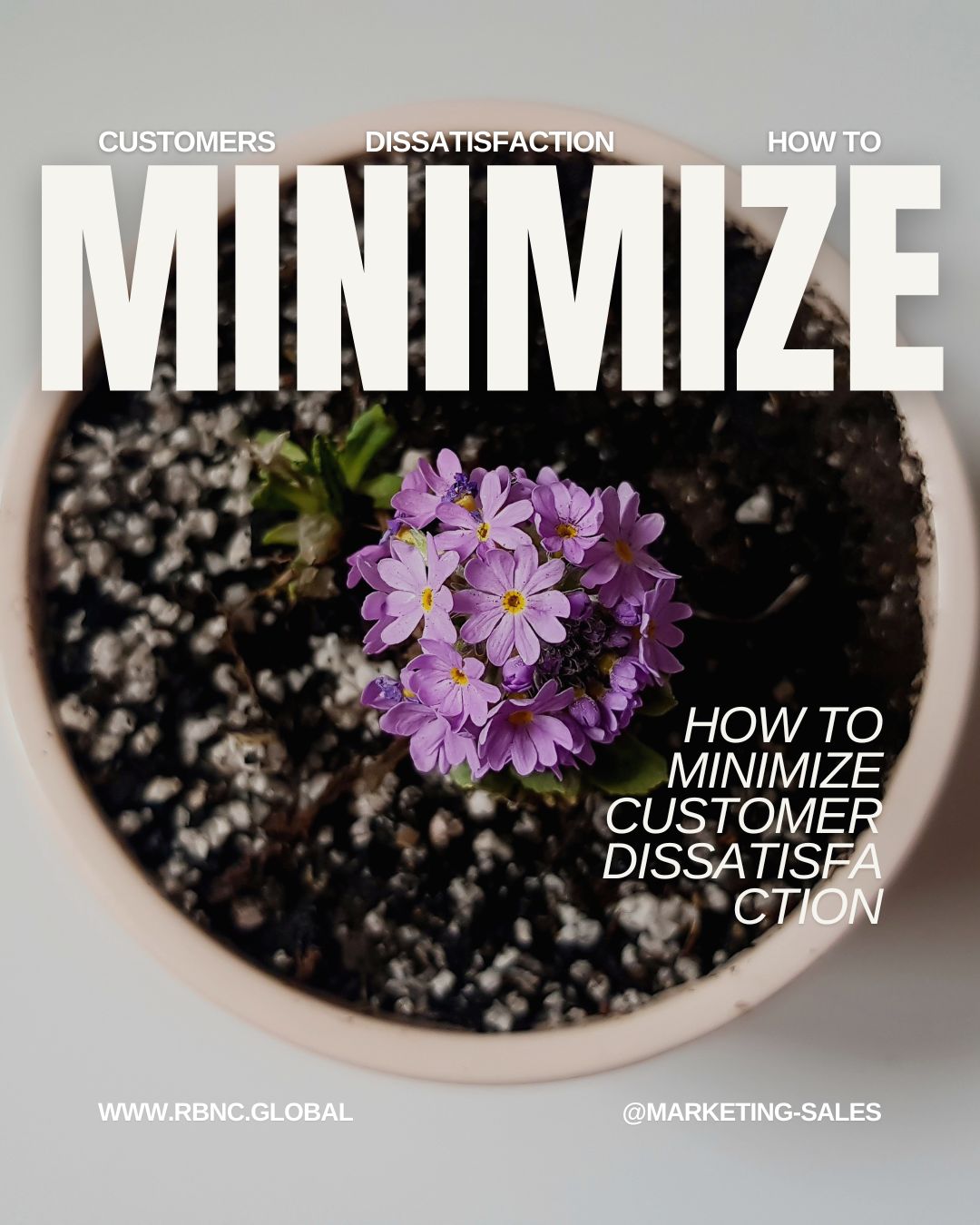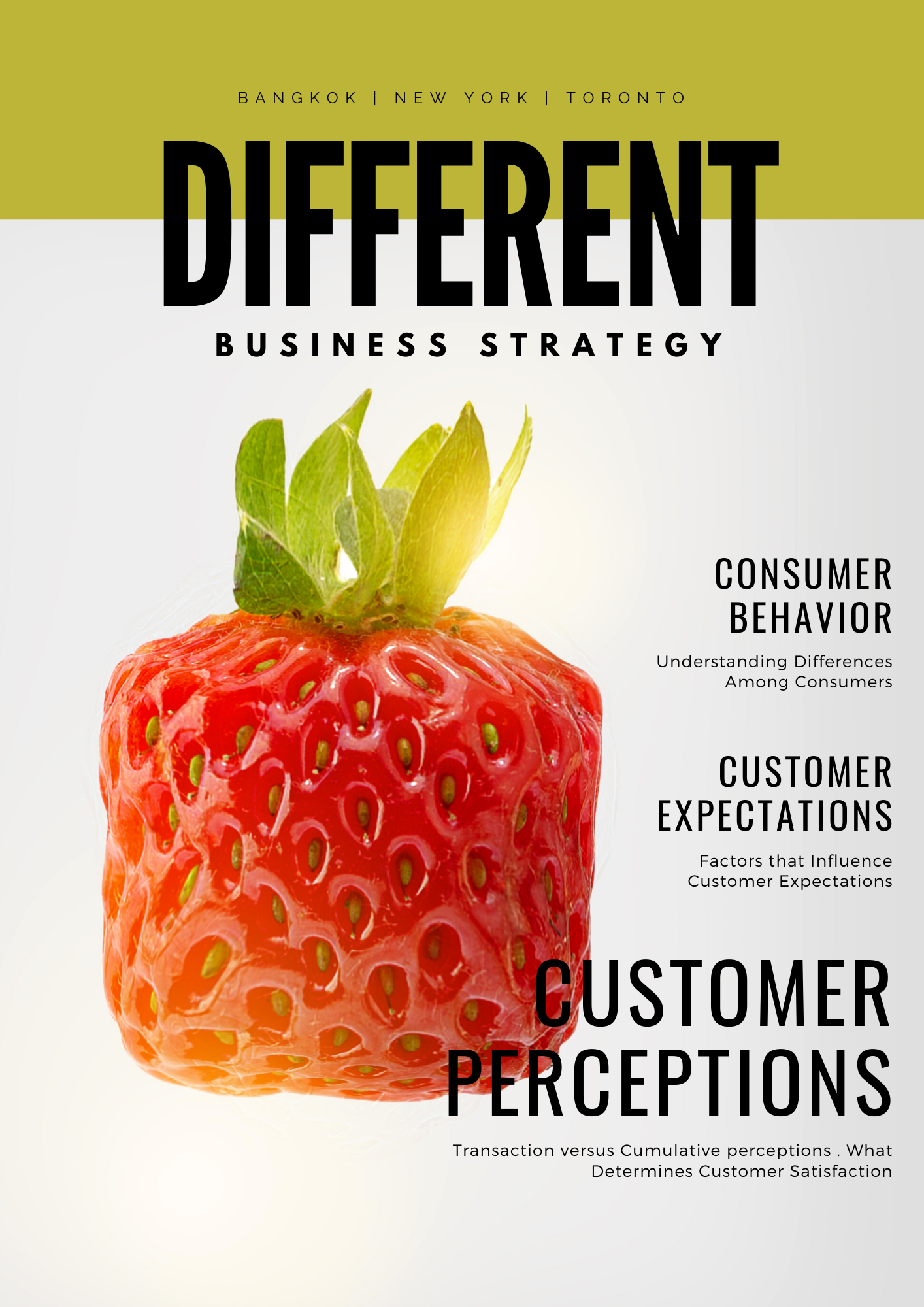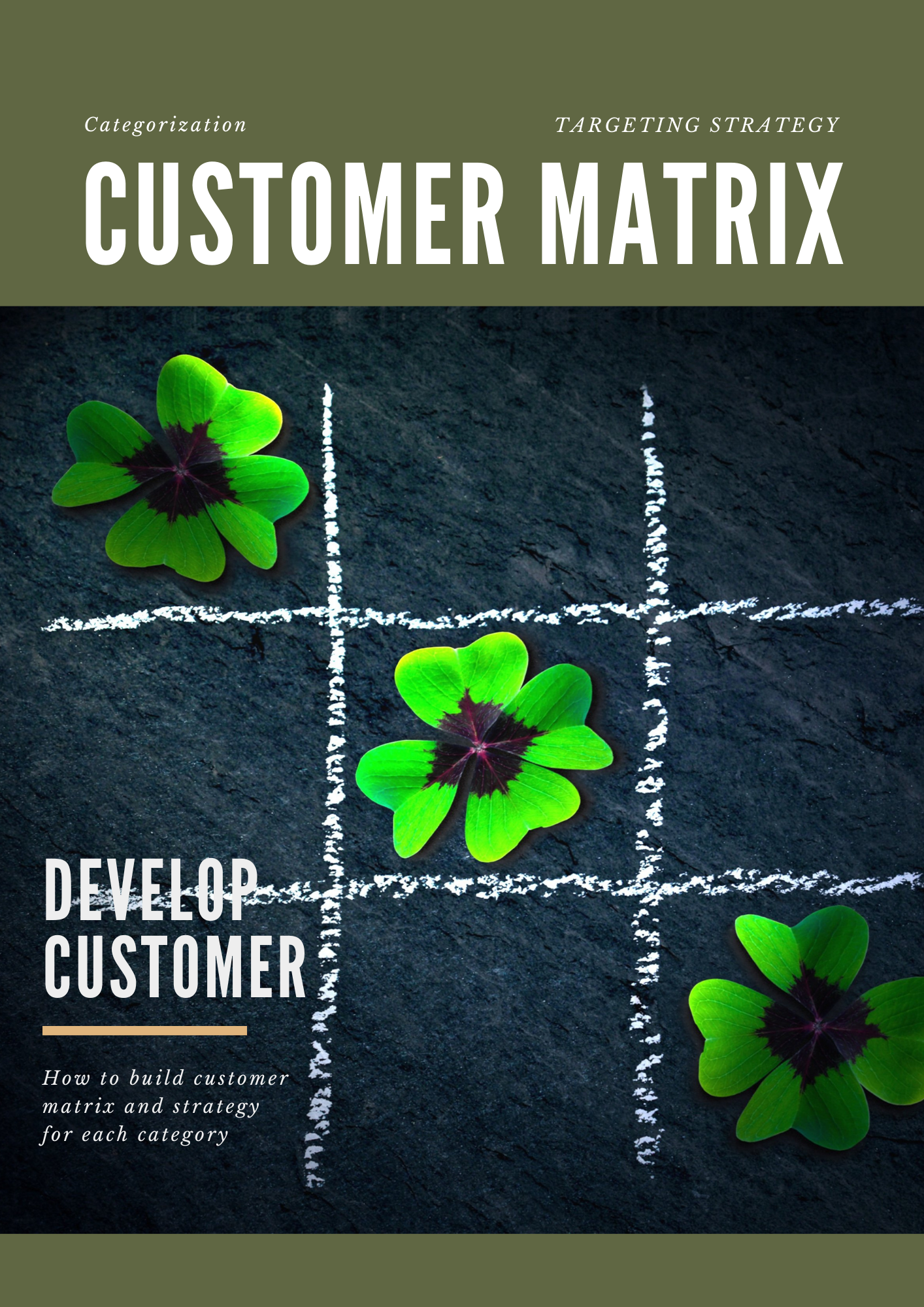How To Minimize Customer Dissatisfaction
Introduction
In today’s highly competitive market, minimizing customer dissatisfaction is crucial for maintaining brand reputation, enhancing customer loyalty, and driving long-term profitability. Dissatisfied customers can lead to negative reviews, decreased retention rates, and lost revenue. Businesses must proactively address customer concerns by understanding pain points, improving service quality, and streamlining complaint resolution processes. Effective strategies include personalized communication, timely responses, and a customer-centric approach to problem-solving. Leveraging data analytics and customer feedback helps businesses identify common issues and implement targeted improvements. Additionally, employee training, clear policies, and service recovery plans play a vital role in preventing and resolving dissatisfaction. By prioritizing customer satisfaction and continuously optimizing the customer experience, businesses can strengthen relationships, boost brand credibility, and increase customer lifetime value. In this training program, we explore practical approaches to minimizing customer dissatisfaction and creating a loyal customer base in today’s dynamic business landscape.
How you will benefit
- Understand service quality gaps between expected and perceived service
- Understand methodology for service quality gaps diagnose
- Understand and apply the process of customer complaints analysis
- Diagnose the cause of customer complaints
- Formulate the strategy of how to reduce customer complaints
Who should attend
RBNC designed this program for marketing vice presidents, directors and managers, marketing representatives, service operation managers, business developers in the service industry and managers of advertising, promotions and customer service
What you will cover
- Defining and understanding the root causes of customer dissatisfaction.
- Exploring the impact of dissatisfaction on business outcomes.
- Identifying common customer pain points and frustration triggers.
- Learning how to recognize the signs of customer dissatisfaction.
Key Takeaways:
Develop a foundational understanding of the dynamics of customer dissatisfaction.
- Analyzing how customer expectations are formed and managed.
- Understanding the role of perception in customer satisfaction.
- Learning how to bridge the gap between expectations and reality.
- Exploring the influence of brand image and reputation.
Key Takeaways:
Gain insights into how to align your services with customer expectations.
- Mastering effective communication techniques for handling dissatisfied customers.
- Developing empathy and active listening skills.
- Learning how to de-escalate tense situations.
- Utilizing positive language and tone.
Key Takeaways:
Improve your ability to communicate effectively and build rapport with customers.
- Developing a structured approach to problem-solving.
- Learning how to identify and address customer issues efficiently.
- Implementing effective resolution strategies.
- Understanding the importance of follow-up and feedback.
Key Takeaways:
Acquire practical skills for resolving customer issues and restoring satisfaction.
- Implementing proactive measures to prevent customer dissatisfaction.
- Utilizing customer feedback to improve processes and services.
- Building a customer-centric culture within your organization.
- Creating a system for continuous improvement.
Key Takeaways:
Learn how to create a customer satisfaction-focused organization.
Schedule









